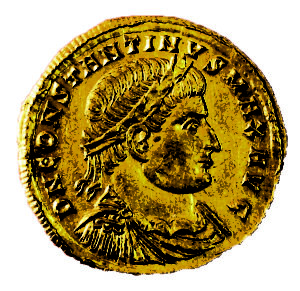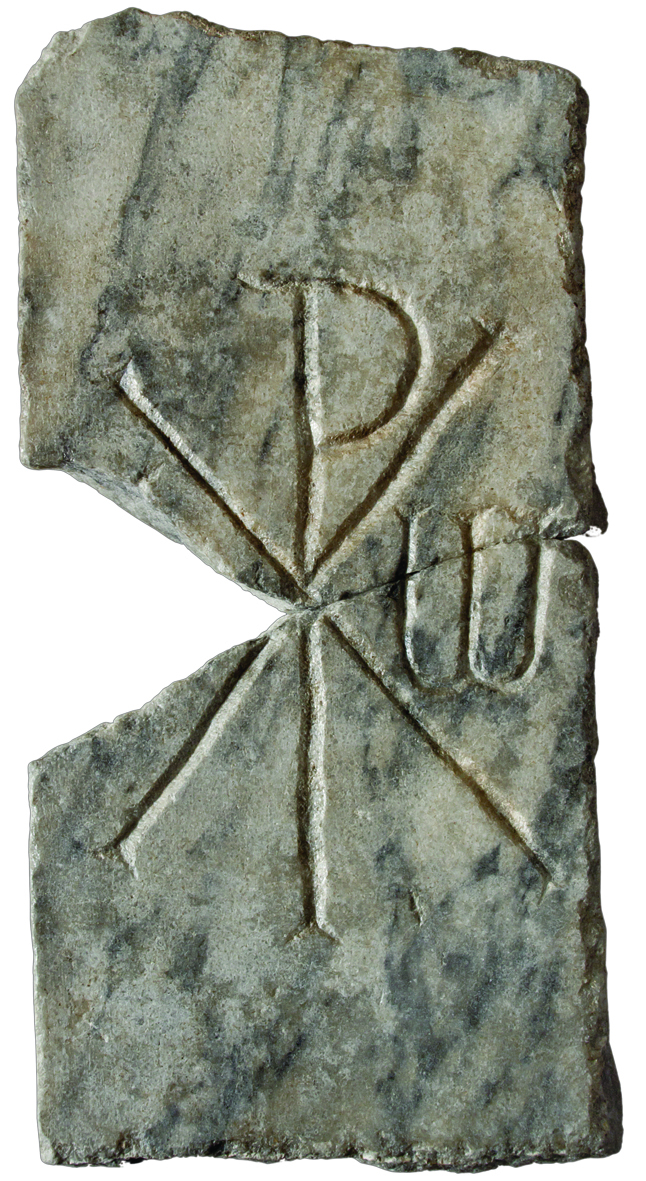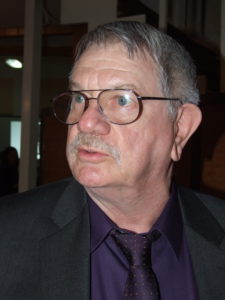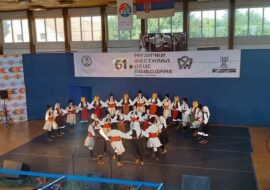THE LEADING ROLE OF SREMSKA MITROVICA IN THE HISTORY OF CHRISTIANITY
Michael R. Werner, Ph.D.
Professor of Roman Archaeology
Department of Art and Art History The University at Albany, State University of New York
Of all of the important Roman archaeological sites on the Cultural Route of the Roman Emperors in Serbia, Sremska Mitrovica, ancient Roman Sirmium, occupies a special place in the development of early Christianity.  With the conversion of the Emperor Constantine to Christianity around A.D. 312, the new religion begins a rapid period of growth in the first half of the fourth century. Both the ancient textual sources and the archaeological evidence from this period provide strong evidence for the advance of the early Christian church. Roman Sirmium, in the middle of the 4th century (A.D. 361) was described as a metropolis and densely populated city by the Roman writer Ammianus Marcellinus (10.1.2; populosa et Celebris mater urbium). In the first ten years of the same fourth century Sirmium had the greatest number of martyrs for the new Christian faith on the territory of modern Serbia during the Great Persecution. Along with the longest list of documented bishops for the Early Christian church in Serbia, Sirmium also has the highest concentration of Early Christian basilicas. Finally, the first Christian emperor Constantine spent more time during his reign in Sirmium than in any other city in the Balkans. This series of facts is not accidental and not unrelated to one another: they are indications of the primary importance of Sirmium in the Roman provinces of Lower Pannonia and Upper Moesia in the Roman Empire, the approximate territory of modern Serbia.
With the conversion of the Emperor Constantine to Christianity around A.D. 312, the new religion begins a rapid period of growth in the first half of the fourth century. Both the ancient textual sources and the archaeological evidence from this period provide strong evidence for the advance of the early Christian church. Roman Sirmium, in the middle of the 4th century (A.D. 361) was described as a metropolis and densely populated city by the Roman writer Ammianus Marcellinus (10.1.2; populosa et Celebris mater urbium). In the first ten years of the same fourth century Sirmium had the greatest number of martyrs for the new Christian faith on the territory of modern Serbia during the Great Persecution. Along with the longest list of documented bishops for the Early Christian church in Serbia, Sirmium also has the highest concentration of Early Christian basilicas. Finally, the first Christian emperor Constantine spent more time during his reign in Sirmium than in any other city in the Balkans. This series of facts is not accidental and not unrelated to one another: they are indications of the primary importance of Sirmium in the Roman provinces of Lower Pannonia and Upper Moesia in the Roman Empire, the approximate territory of modern Serbia.
Much research has been done in recent years about the Emperor Constantine and his role in establishing the Christian church. As a result of this research we are now in a much better position to assess the impact of the new Christian religion on urban communities like Sirmium. By the third century Sirmium was already the seat of the provincial governor of Pannonia Inferior; by the end of the century construction was started on the new imperial palace there, probably by the emperor Diocletian. There are several other critical points for the status of the new religion in early fourth century Sirmium. We know that there were Christians present in Sirmium in the late third century, but not as an organized community. Until the early fourth century there are no references to a bishop there. On February 23, 303 the Great Persecution was decreed by the Emperors Diocletian and Galerius. The trials and executions of Christian leaders under this law produced the early heroes of the Christian church; these are the martyrs who died as witnesses to their faith. The fame of these martyr-heroes accelerated the growth of the Church by increasing the number of converts to Christianity.
The situation was no different in Sirmium. The most famous of the Sirmium martyrs were Irenaeus in 305, the first bishop of the Christian community in Sirmium, Synerotas, a gardener known for his piety, Anastasia, probably a Roman noble lady and Demetrius, a deacon in the Sirmium church.
The Great Persecution ended definitively in 313. In February of that year the Emperor of the West Constantine was residing in Milan; Licinius, the Emperor of the East, left the Imperial Palace in Sirmium and traveled to Milan to meet with Constantine and marry his half-sister Constantina. They also agreed on a new policy regarding the Christian religion. From this time on, throughout the Roman Empire, Christians could not only practice their religion legally but also the Church could own property and build their adaptation of the Roman basilica form as places of worship. The Emperor Constantine became known as a tireless church builder, especially in Rome, perhaps Aquileia and the holy places in Palestine. The Emperor Licinius was not known as a church builder. After their meeting in Milan, Licinius returned to the Imperial Palace in Sirmium and probably around this time built the great set of public baths (thermae) which lies in unattended ruins in the center of Sremska Mitrovica today.
Three years later a crucial battle takes place which brings the Emperor Constantine eventually to Sirmium. 73 kilometers to the west of Sremska Mitrovica, at ancient Cibalae (modern Vinkovci) Constantine’s armies defeat Licinius, force him to abandon the Imperial Palace in Sirmium and retreat with his family to Serdica (Sofia in Bulgaria). From 317 to 324 Constantine spends long periods of time in the Imperial Palace in Sirmium, over 500 days in total, more than in any other location in Serbia. This is a period that coincides with a flourishing of the Christian church in Sirmium. The long list of bishops, 10 in all, continues into late antiquity. At least two, probably three martyr basilicas are built in the Christian burial grounds on the outskirts of the Roman town. No early Christian churches of the fourth century have yet been discovered inside the Roman town walls, but the accidental discovery of the so-called basilica urbana in the modern city center is perhaps an indication of what the future will bring. That church is dated to the early fifth century and follows the same basic design as the martyr basilicas outside of town.
Roman Sirmium is rich in archaeological remains from the late Roman Empire. The Imperial Palace complex with its impressive preservation structure and Roman mosaics is a valuable witness to the important role the town played in the administration of the Roman Empire. Equally important are the results of archaeological investigations in the pagan-Christian cemeteries to the north of the Roman town walls; the most significant of those artifacts are on display in the Museum of Srem. In the late nineteenth century archaeologists discovered two inscriptions which indicated the presence of a basilica dedicated to Saint Synerotas in the West Cemetery area. In more recent times, in 1976, local archaeologists discovered another martyr basilica and inscription, this time dedicated to Sirmium’s first bishop, Irenaeus. That inscription actually uses the Latin phrase “in basilica domini nostri erenei” (in the basilica of our lord Irenaeus). A more fragmentary inscription in the Museum of Srem probably points to the existence of a third martyr basilica dedicated to St. Anastasia. There is also a possible reference in an early text that relates the church of Anastasia with a church dedicated to St. Demetrius. No other site in Serbia has this many early Christian churches connected with named martyrs.
With this rich heritage of monuments and documents from the era of when the Emperor Constantine made Christianity the dominant religion in the Roman Empire, Sirmium ranks alongside of Thessaloniki and Aquileia as a major center for the spread of the new religion. In this year 2013 when all of Serbia celebrates the 1700th anniversary of Constantine’s and Licinius’ so-called Edict of Milan, Sremska Mitrovica can be rightfully proud of the leading role that the ancient city of Sirmium played in shaping the history of the Roman world.




























